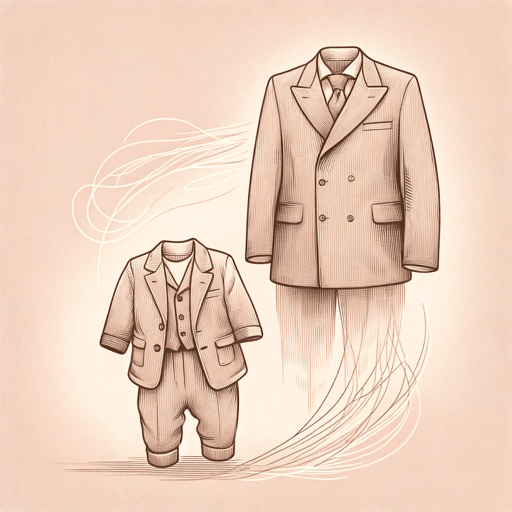16 pages • 32 minutes read
Edna St. Vincent MillayTravel
Fiction | Poem | Adult | Published in 1921A modern alternative to SparkNotes and CliffsNotes, SuperSummary offers high-quality Study Guides with detailed chapter summaries and analysis of major themes, characters, and more.
Themes
Identity
“Travel” contains a highly-organized poetic structure, yet the speaker’s character development is sparse to negligible. Millay made specific choices to omit the characteristics of the speaker’s identity. There is no indication of name, age, sex, race, or marital status, which coincides with the existential questions of purpose resonant in the Lost Generation and the bohemian rejection of materialism in favor of experience. Millay was at the center of Greenwich Village, and much of her literary work deals with issues of gender. If the speaker is indeed a woman, the question of identity becomes more far-reaching, as many women lost their identities in motherhood and marriage, while simply being defined as “spinster” until then. The 1920s brought liberation to some parts of women’s lives, but traditional gender roles and motherhood remained institutionalized by society. In the end, Millay leaves it to the reader to form conclusions of identity. The speaker is purposely inaccessible but speaks to an underlying, universal human desire and experience.
Isolation and Stasis
Millay addresses the theme of isolation with a controlled sparseness. Place is both disembodied and bustling in the poem, and the speaker seems both within and distanced from everyday life. Millay reveals very little about where the speaker actually is.
Related Titles
By Edna St. Vincent Millay

An Ancient Gesture
Edna St. Vincent Millay

Conscientious Objector
Edna St. Vincent Millay

Ebb
Edna St. Vincent Millay

I Will Put Chaos Into Fourteen Lines
Edna St. Vincent Millay

Lament
Edna St. Vincent Millay

Not In A Silver Casket Cool With Pearls
Edna St. Vincent Millay

Song of a Second April
Edna St. Vincent Millay

Spring
Edna St. Vincent Millay

The Ballad of the Harp-Weaver
Edna St. Vincent Millay

The Courage That My Mother Had
Edna St. Vincent Millay

The Spring And The Fall
Edna St. Vincent Millay

